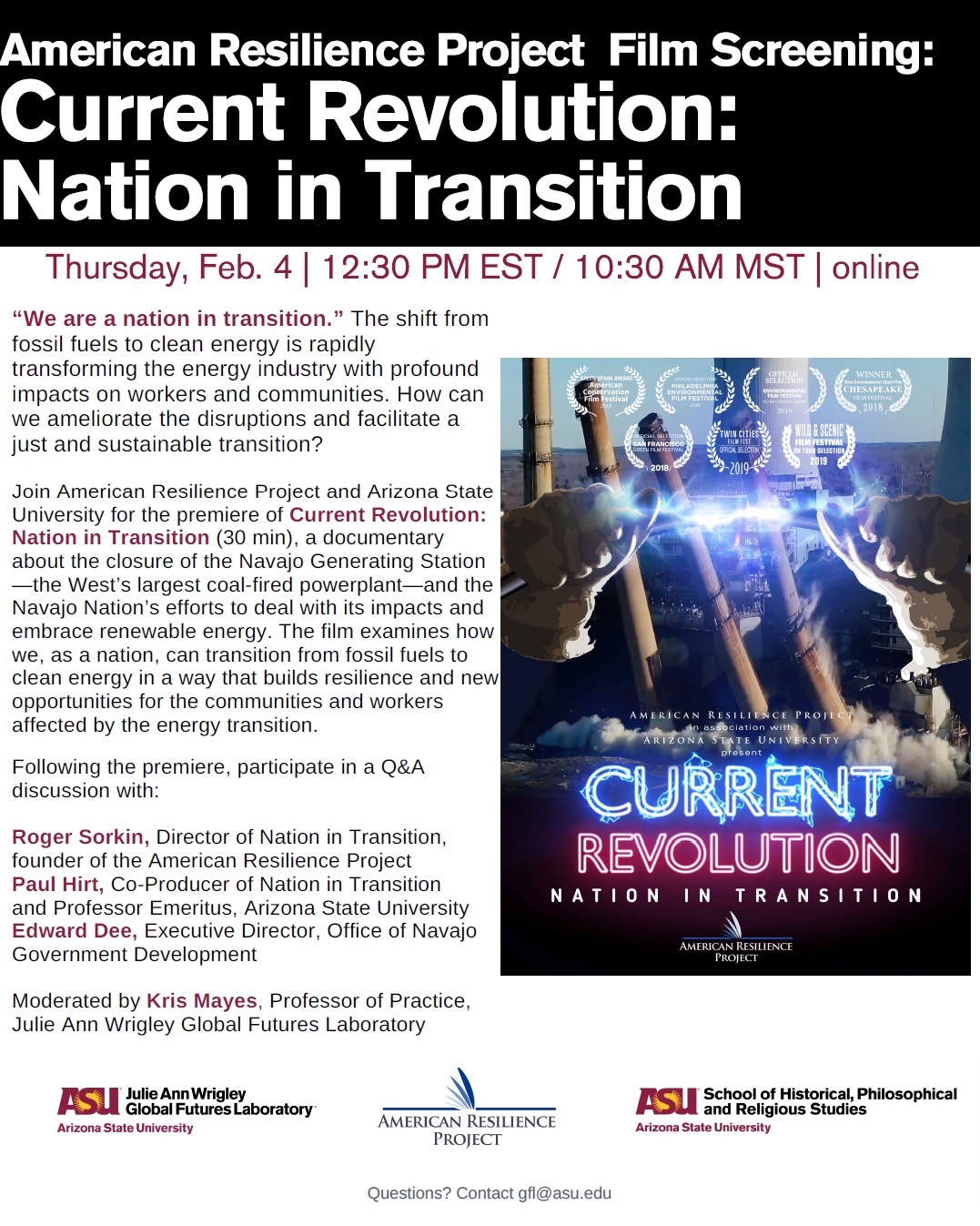Narrative storytelling has power in driving clean energy revolution
ASU, American Resilience Project to premiere film documenting the closing of the Navajo Generating Station
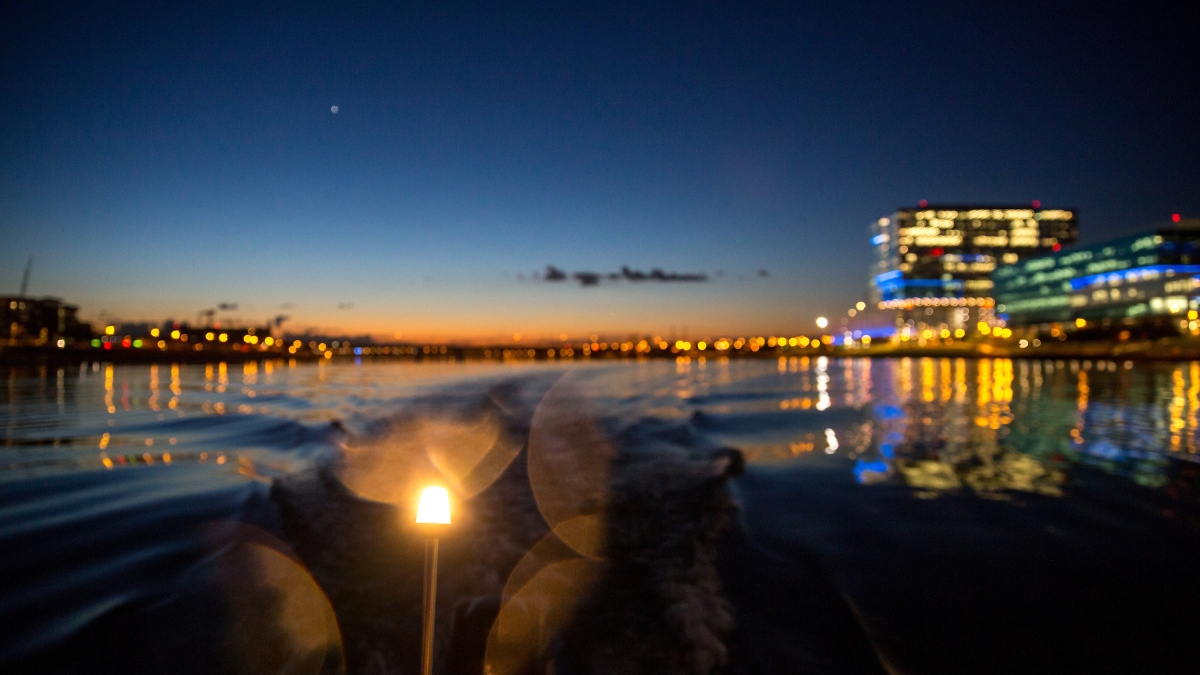
In 2017, the Salt River Project utilities company announced it would be closing the Navajo Generating Station, a coal-fired power plant located on the Navajo Nation near Page, Arizona, for good. The largest coal plant in the western U.S., the plant was in operation for more than four decades and employed some 750 — nearly all Native Americans, and many of whom lost their jobs when it closed.
Some in the nearby tribal communities were divided on the closing, with the economic impact weighed against the negative environmental effects of the plant.
On Feb. 4, in association with Arizona State University, the American Resilience Project, a nonprofit organization that uses storytelling to address social issues and inspire action, will premiere the second film in its “Current Revolution” series on energy transitions, titled “Nation in Transition,” which tells the story of the closing of the coal plant on the Navajo Nation.
Paul Hirt, ASU emeritus professor of history and sustainability, helped to produce the documentary with filmmaker Roger Sorkin.
“I spent years and years advocating for more renewable energy, and I thought that was enough,” Hirt said. “Now that the clean energy revolution has come faster than anybody expected, it's being driven by market forces rather than policy or the individuals it’s affecting. It's not enough anymore to just put solar panels on your roof. Now we have to say, ‘How do we bring the rest of society along and not let people fall through the cracks?’ We have to pay attention to the social impacts of that transition and make sure that we're bringing everybody along in a just and sustainable way.”
And if you’re not sure where you fit into the issue as an individual, Sorkin has the answer.
“One of the points we're trying to illustrate is the fact that no matter what you do in your life, you need energy,” he said. “We're all connected to the energy system. What happens when the lights go out? Everyone can relate to that feeling of reaching for the light switch and nothing happens. This isn't someone else's problem to solve. We all should have a vested interest in it.”
ASU Now had a conversation with Sorkin and Hirt in advance of the film’s virtual premiere this Thursday to hear more about what they had to say on the subject and how the power of narrative can help.
(Editor's note: Responses have been edited for length and clarity.)
The American Resilience Project’s “Current Revolution” series explores the subject of energy transitions.
Question: This documentary is part of the American Resilience Project, the purpose of which is to harness the power of narrative to address societal issues and inspire action. Why is narrative such a powerful tool for that?
Sorkin: Story is such a powerful tool for organizing. I mean, you can trace it back to the origins of civilization, that ability to communicate and construct narratives for survival purposes and for social cohesion. Often I'll joke about the films (in the Current Revolution series) as white papers disguised as films, because they're really aiming for that same goal, which is to educate people in the change-making space, whether it’s on the policy level or the grassroots level, so that they know how to really tell a story about this stuff.
So I'm trying to help people become better communicators themselves with the films, and so I’ve got to tell a story that everyone can relate to in their daily lives. And that's really tough to do. But if we think about it in terms of basic human needs, everybody's got them – food, water, shelter, quality of life, health – these are basic needs. So it’s not about persuading somebody that solar power is better than wind power, or that wind is better than gas. It’s about showing people how these things affect you, how they can make your life better. So I see narrative as a really powerful tool to connect with people on a deeper, emotional level. Especially in this media ecosystem where we're just so overwhelmed with information coming at us all the time. I think that the more you can connect on that emotional level, and go a little deeper beyond just a soundbite or a tweet, maybe it lingers more; at least that's my hope.
Hirt: One of the key units at ASU that provided support for this film was Steven Beschloss’ Narrative Storytelling Initiative. Narratives are central to our comprehension of the world and our organizing of ourselves to act in the world. And so narrative is really at the heart and soul of everything that we're doing here in this film. I'm a historian, and historians work through narrative. We do research and we generate data, but we don't just use charts and graphs and work in the science and math arena. We actually are humanists who work in the human understanding and human communications arena.
And so every historian has to learn how to interpret the past in a way that can be delivered through an essay, through a story, through a narrative, in a way that helps people to understand the world through storytelling, through narrative. And so my whole professional career has been all about crafting narratives that help us to understand the past so that we can better understand how we got to where we are today, so that we can better shape the future that we're heading into.
Q: How do you decide which stories to tell?
Sorkin: For me, it always starts with — what are we going to do about the threat of climate change to the future of civilization? That's the banner headline for what I care about. So working backwards from there, I usually start by just talking with folks in the policy space, like Paul — I consider Paul to be one of those policy people, because he’s not just a historian, he was also on the board of directors for the Salt River Project — and I just ask them, “What do you see happening in this next legislative cycle?” and “What are the policy solutions that are going to give us the best bang for the buck when it comes to securing the future of our civilization?” Whether that’s greenhouse gas emissions, or CAFE (Corporate Average Fuel Economy) fuel standards, or any number of things, solar tax breaks; just really try to get down to that granular level of what all the policy people are working on and try to create some sort of connective tissue among that movement.
Hirt: After we met while Roger was working on the first episode in the "Current Revolution" series, Roger asked me to sit on the advisory council (for the American Resilience Project). And one of the things that he asked me to think about was what future episodes might we create. What needs to be told about the renewable energy revolution? What other stories are really important? And something that I had come to feel strongly about was when in 2017 the Salt River Project announced that they were going to close the Navajo Generating Station. At that moment, there was an economic crisis in northeastern Arizona that was causing a lot of fear and disruption. The Navajo Nation was going to lose something like 40% of their government revenue and something like 400 good paying jobs. The coal mine was going to close down. The Hopi Tribe was very worried. And there was this big battle to try to keep the coal-fire power plant open. And the Navajo Nation itself fought for nearly two years to stop the plant from closing rather than immediately beginning to prepare for a transition to a future without coal. They spent all of their capital and all of their time and money trying to stop the plant from closing, which was kind of sad.
Being on the board of SRP at the time and also being an energy historian, I realized that transitions take time. No. 1, they require management. We can’t just make a big technological or social transition without some kind of social and political and economic management; otherwise, hundreds or thousands of people fall through the cracks, towns dry up and blow away, revenue disappears, livelihoods disappear. A lot of people are going to suffer in the process of this transformation from fossil fuel energy to clean energy. A lot of people are going to benefit, too; there's going to be companies making tons of money and growing jobs like weeds in a well-watered lawn, and a lot of new investment opportunities. But we can't just turn our sights away from the communities. Because it's the workers who are going to lose out during this transformation. I think we, as a society, engage better in evolution and social change and progress when we're actively engaged in managing it and providing incentives to go in the direction that we want to go in and providing assistance for the people who would otherwise be left behind.
So I started talking to Roger about how facilitating the clean energy revolution is going to require a really strong focus on how we do it in a socially responsible and environmentally sustainable way, rather than just leaving it up to the market. And Roger saw all of the logic in that and was motivated by it. So it was probably in 2018 that we decided, all right, let's put together a strategic outline for the kind of narrative that we need to tell about this.
Q: Was there anything that happened over the course of filming that surprised either of you or changed your perspective on something?
Hirt: There's been a lot of talk about how the Navajo Nation has tremendous renewable energy resources, a lot of sun and a lot of wind, but very little has been developed. So there was this great opportunity for developing renewable energy, but nobody really engaging in doing it. And over the last couple of years, there’s been a rise in homegrown, Indigenous renewable energy companies coming out of the Navajo Nation itself, and Indigenous people becoming leaders in the development of renewable energy jobs and opportunities.
Two new companies have really come forward and made a lot of progress in establishing themselves at the forefront of renewable energy development in the Navajo Nation, and both of them were co-founded and directed by Indigenous people. One is called Native Renewables and they specialize in providing electricity to families who live off-grid that have no access to power lines and no access to electricity. Something like 40% of the people living in the Navajo Nation don't have electricity and running water. So Native Renewables was founded by two Navajo women, and their goal is to train Navajo people to become installers and maintainers of off-grid systems and try to get electricity to the families that don't have it and want it. On a significantly larger scale is a company called Navajo Power. One of the co-founders is Navajo, and the other co-founder met, fell in love with and married a Navajo woman, and they now live in Flagstaff and have property on the Navajo Nation. And their ambitions are phenomenal. They're looking at a gigawattA gigawatt is equal to one billion watts. So 1 gigawatt could power roughly 10 million light bulbs. The Hoover Dam is a 2 gigawatt facility. of solar installations over the next 10 years. And they have applied for PPA (power purchase agreement).
So they build a large-utility-scale solar array, and a utility company like SRP or APS, who are looking to buy renewable energy, will buy it via a PPA, which is a long-term 20 year lease purchase of the power itself. My guess is within this year, they'll probably have a couple of hundred megawatts of solar energy under construction on the Navajo Nation. And that's one of the reasons we're profiling people from those companies in the film, because we want to show that local leaders and local action can make a difference.
Q: What do you hope people get out of this film?
Sorkin: We really tried to distill a very complex, multifaceted situation into something more digestible. And we hope it will inspire other communities and give them the confidence to use this as a roadmap for their own transitions. The Navajo Nation has its own unique issues in terms of transition, but there are definitely lessons that are being learned there that can be applied to other communities. And the hope is that this story will be useful all around the world.
Hirt: We hope people will recognize that we have very large, complex problems and challenges to face, but they are not insurmountable. For many people, tackling climate change seems like a lost cause, and we want to change that narrative, because it paralyzes people and it's also not true. We have an incredible opportunity now that we didn't have 10 years ago, that we could only faintly see five years ago, that we can clearly see today. Most people don't realize that the solution to the climate crisis is within reach, but we need to come together to manage that transition in a way that works and brings us to a just and sustainable future. So there is hope.
Sorkin: Yeah. We're so over the “doom and gloom” environmental documentaries.
Top photo: Tempe Town Lake, September 2017. Photo by Anya Magnuson/ASU Now
More Environment and sustainability
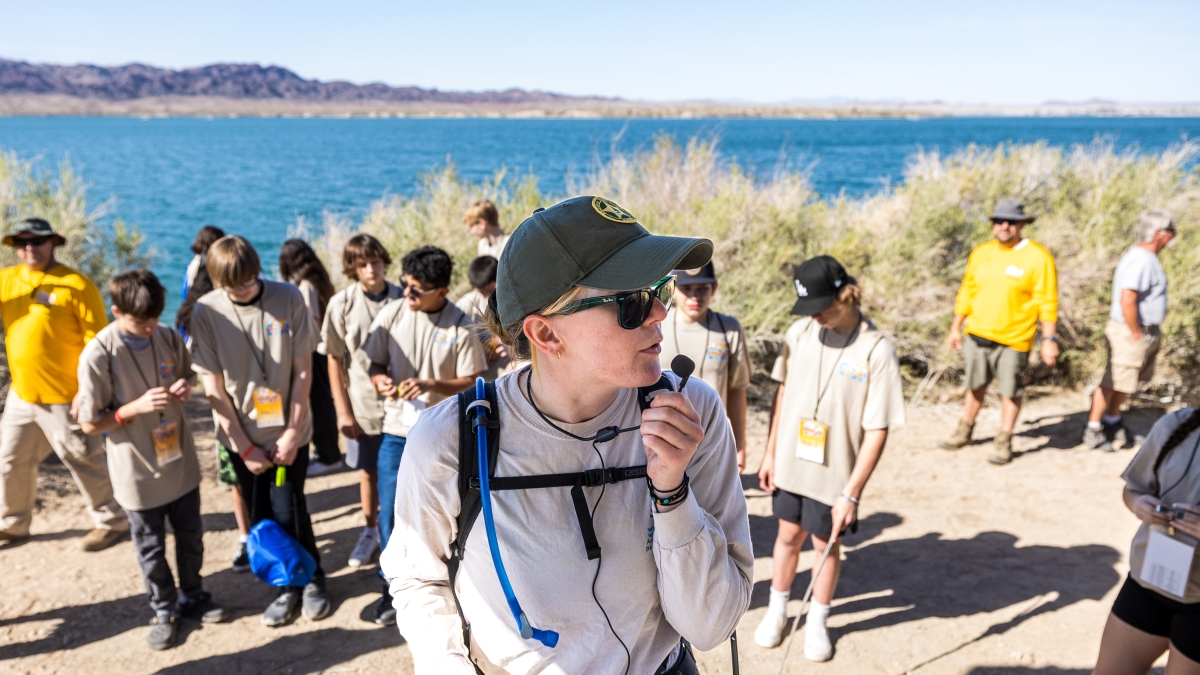
Colorado River becomes an outdoor classroom for these middle school students
Griffin Freburg doesn’t usually look forward to science class. But on a sunny day in March, the eighth grader changed his tune. Concepts that were usually explained in long paragraphs in a textbook…
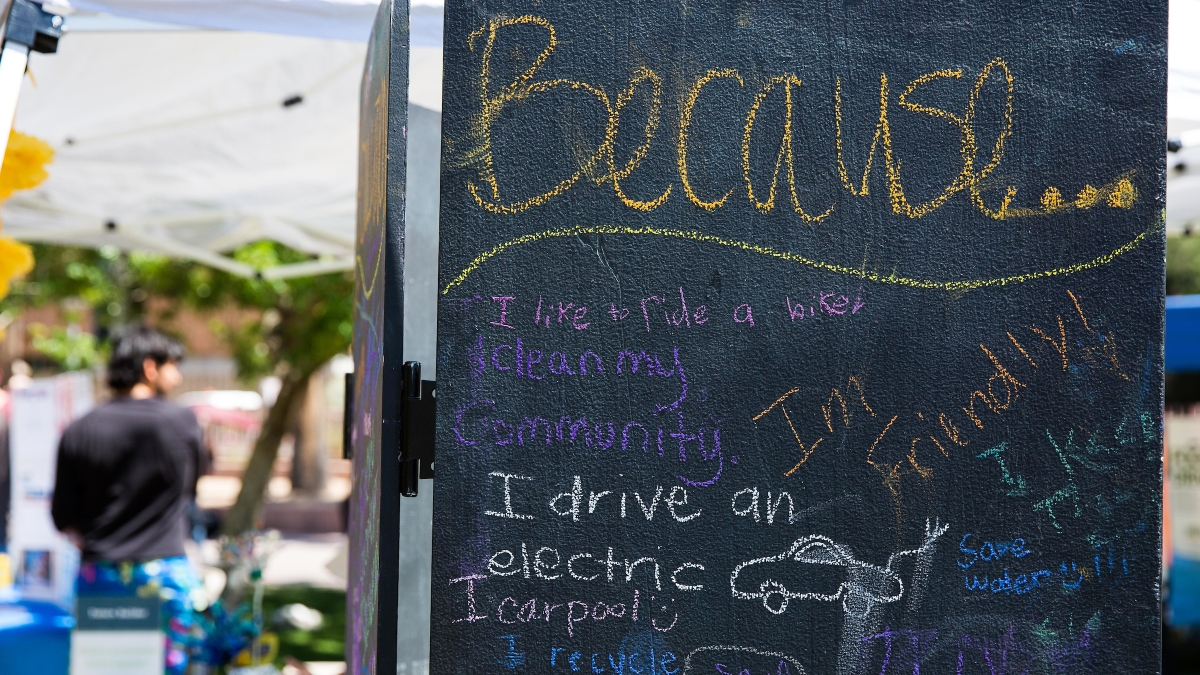
Earth Day celebrations focus on making our planet a priority
On April 22, Earth Day is celebrated across the country and in nearly 193 countries around the world. Arizona State University will be part of that celebration. The university has planned more…
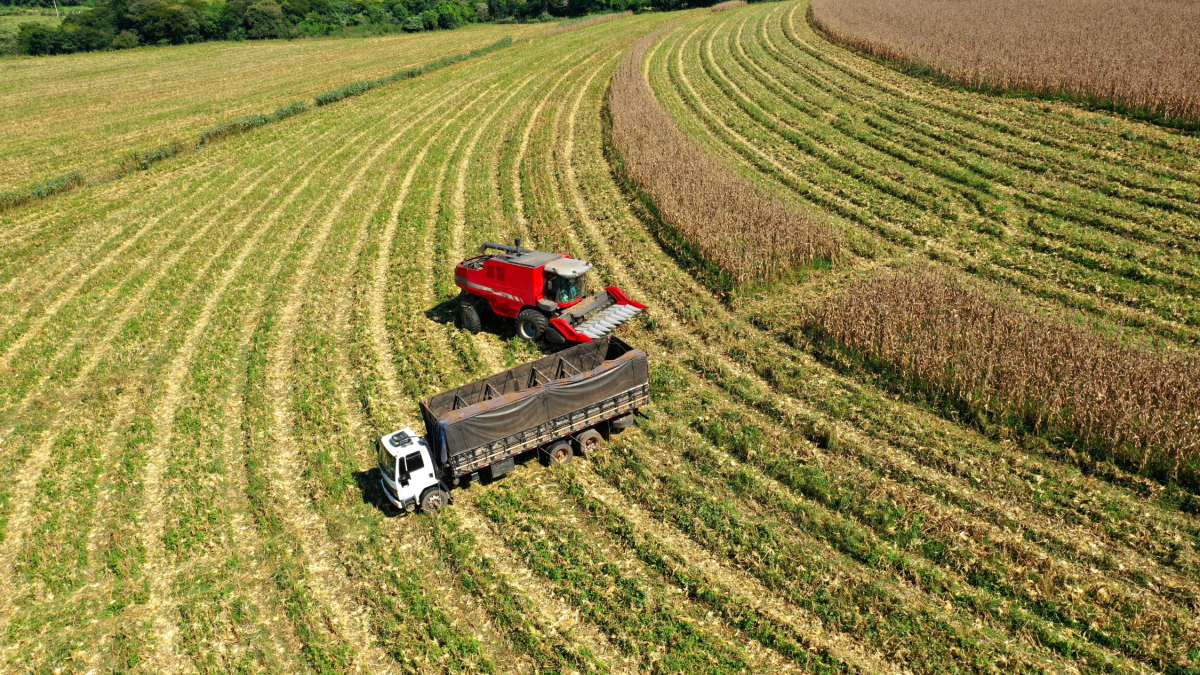
ASU scientist studies how bans, regulations on food technology affect consumer acceptance, perceptions
How do people process scientific developments with outside influences, warnings, biases and others’ opinions filtering in? That’s the question Caitlin Drummond Otten, environmental social scientist…

